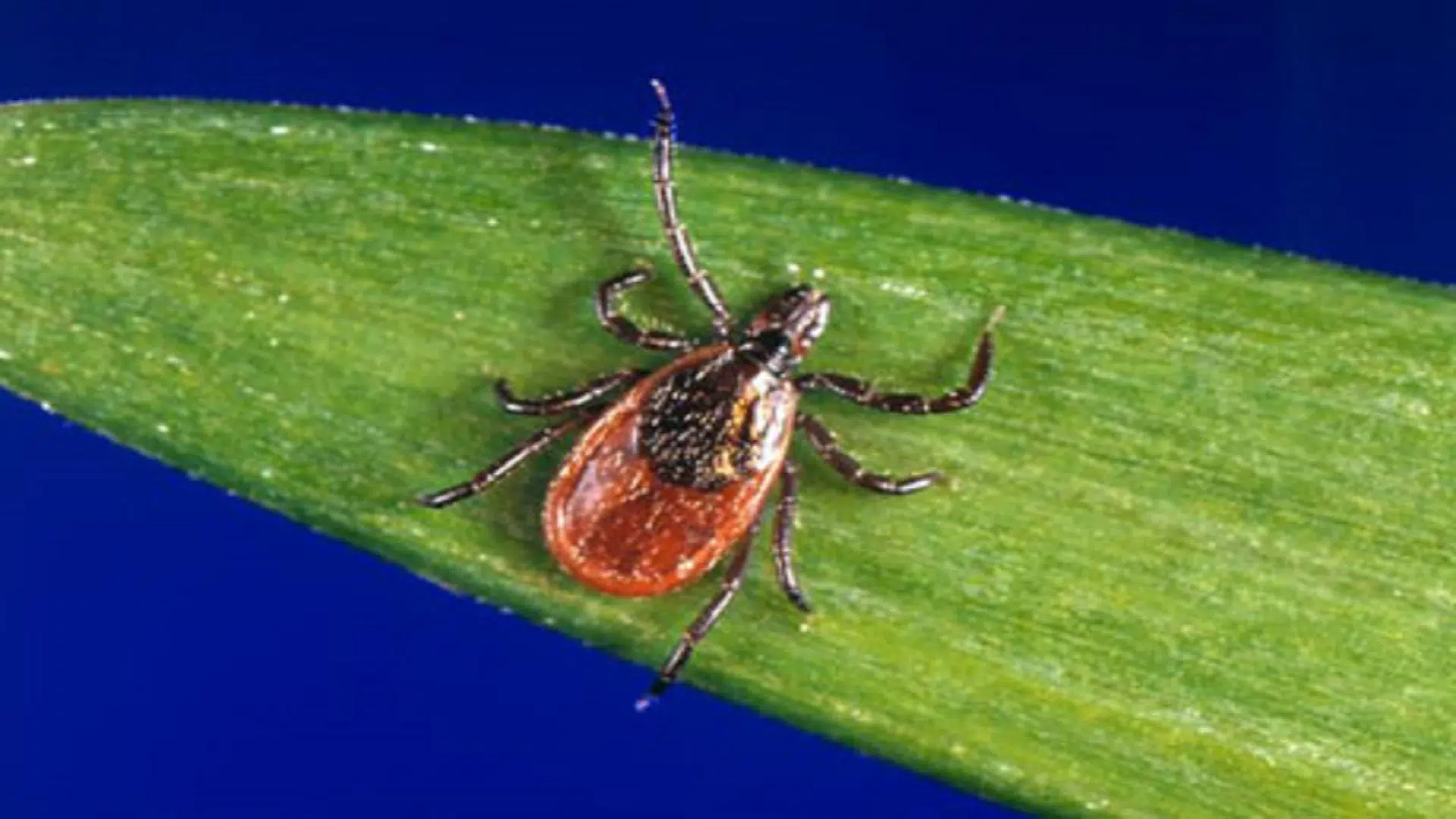
Take precautions when outdoors says AHS – tick season is well underway
LETHBRIDGE – The good news is that even though it’s tick season in Alberta, no one has been infected with Lyme Disease from a tick in this province, and there is no ‘established’ population here, yet.
The bad news is that the nasty, tiny bloodsuckers that can bury themselves into you, your family or your pets in the most awkward of places, still can carry other diseases, according to AHS’s Dr. Vivian Suttorp.
“They can be quite complicated…Rocky Mountain Spotted Fever is another example of disease carried through ticks. We don’t see theses diseases very often, and most are not established in Alberta.”
Symptoms of diseases that ticks can carry include flu-like reactions, which can begin anywhere from 1 to 3 days after a bite, according to https://myhealth.alberta.ca/ Sometimes a rash or a sore may also appear.


